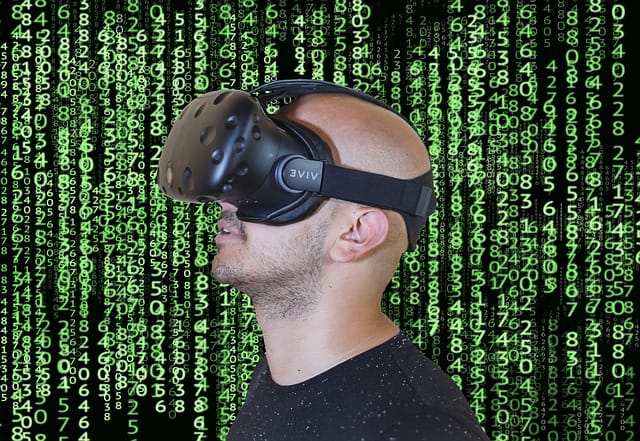By 2020 augmented reality (AR) and virtual reality (VR) will be mainstream.
In terms of technology and security updates, that is no time at all, as 2020 is literally around the corner.
It is essential that your cybersecurity strategy reflects the benefits, as well as the challenges of AR and VR.
Innovations will flood the market, and along with them, new cybersecurity risks for organizations and individual users.
Understanding AR versus VR
 VR is better understood at this moment when compared to AR.
VR is better understood at this moment when compared to AR.
VR is a virtual environment that is projected onto a closed environment, generating a three-dimensional image for the user.
Special equipment can create a more “real” experience by supplementing a visor with a screen or gloves with sensors.
AR, on the other hand, merges virtual reality with the real environment.
The virtual content is accessible by users in any environment and can be blended flawlessly.
Initially, the only application that users connected with VR and AR was gaming, but professionals in every industry are understanding the unique benefits offered by these technologies.
Training, health care, manufacturing, and cybersecurity will all be affected, among others.
Modern technology will enhance performance
For cybersecurity professionals, in particular, AR and VR will dramatically change processes.
Organizations will no longer need to rely on a geographical location for security infrastructure, and IT professionals will be unnecessary in-house.
Threats will be detectable by any professional or executive monitoring the systems, regardless of location.
Performances will be enhanced across the board, as people in every industry will be able to collaborate with the use of virtual statistics, designs, and systems.
Practical approaches are needed to secure AR and VR
The danger, however, for both organizations and individual users, is very real.
Hackers will certainly find means of exploiting these new technologies for their own benefit.
Cybersecurity strategies need to be developed now to secure future networks, and there are steps an organization can take to prepare.
- Implement a centralized content system and carefully encrypt inbound and outbound connections.
- Use multi-factor authentication systems to confirm identity.
- Enforce data-encryption for secure storage of AR and VR content.
- Secure communication between devices, regardless of location.
- Install tamper detection and other alerts regarding breaches.
New opportunities for your organization also offer new opportunities for hackers, and it is important for those in the cybersecurity industry to consider preemptive steps such as those listed above. AR and VR have incredible potential benefits, but they are not without risks. Strategies must be ready for implementation before the mainstream introduction of AR and VR, to keep both organizations’ data and individuals protected.
The ITeam understands the cybersecurity issues facing Canada businesses. We are committed to helping Calgary- and Alberta-based businesses develop proactive, cost-effective IT strategies that minimize risk and maximize efficiency. Contact us to learn more.

